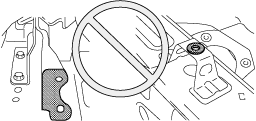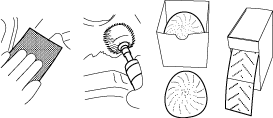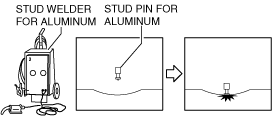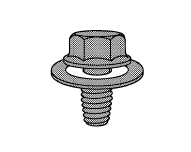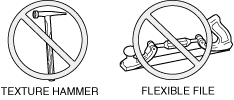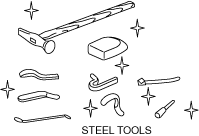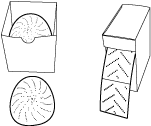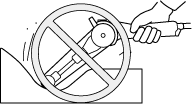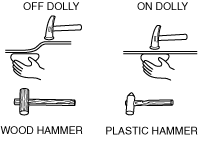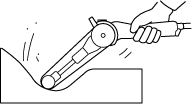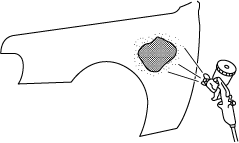
Prohibited
Use of mounted dust collector and grinder equipped with dust collector bag prohibited
Reason
To prevent explosion and ignition, caused when aluminum dust scatters and becomes suspended in the air and mixed with oxygen and an ignition source, from occurring while cleaning the dust collector filter and the dust collector bag of the grinder.
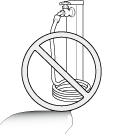
Prohibited
Cleaning aluminum dust with water prohibited
Reason
To prevent ignition caused when aluminum dust and water mix.

Implementation item
Use an explosion-resistant aluminum dust collector which can dispose aluminum dust in paper bag.
Reason
To prevent aluminum dust from scattering and becoming suspended in the air, and to avoid mixing it with water.
To prevent static electricity from occurring when dust is suctioned.

Implementation item
Temporarily store aluminum dust in a plastic bag and in a covered container so that the contents do not get wet from rain even if it is kept outdoors.
Reason
To prevent aluminum dust from getting wet when disposing it outdoors.
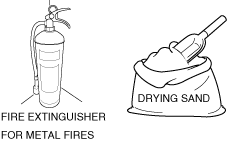
Implementation item
Always perform repair work after stationing a fire extinguisher for metal fires and drying sand in the work booth for aluminum.
Reason
To prevent a secondary accident caused by drainage or use of general fire extinguisher.
